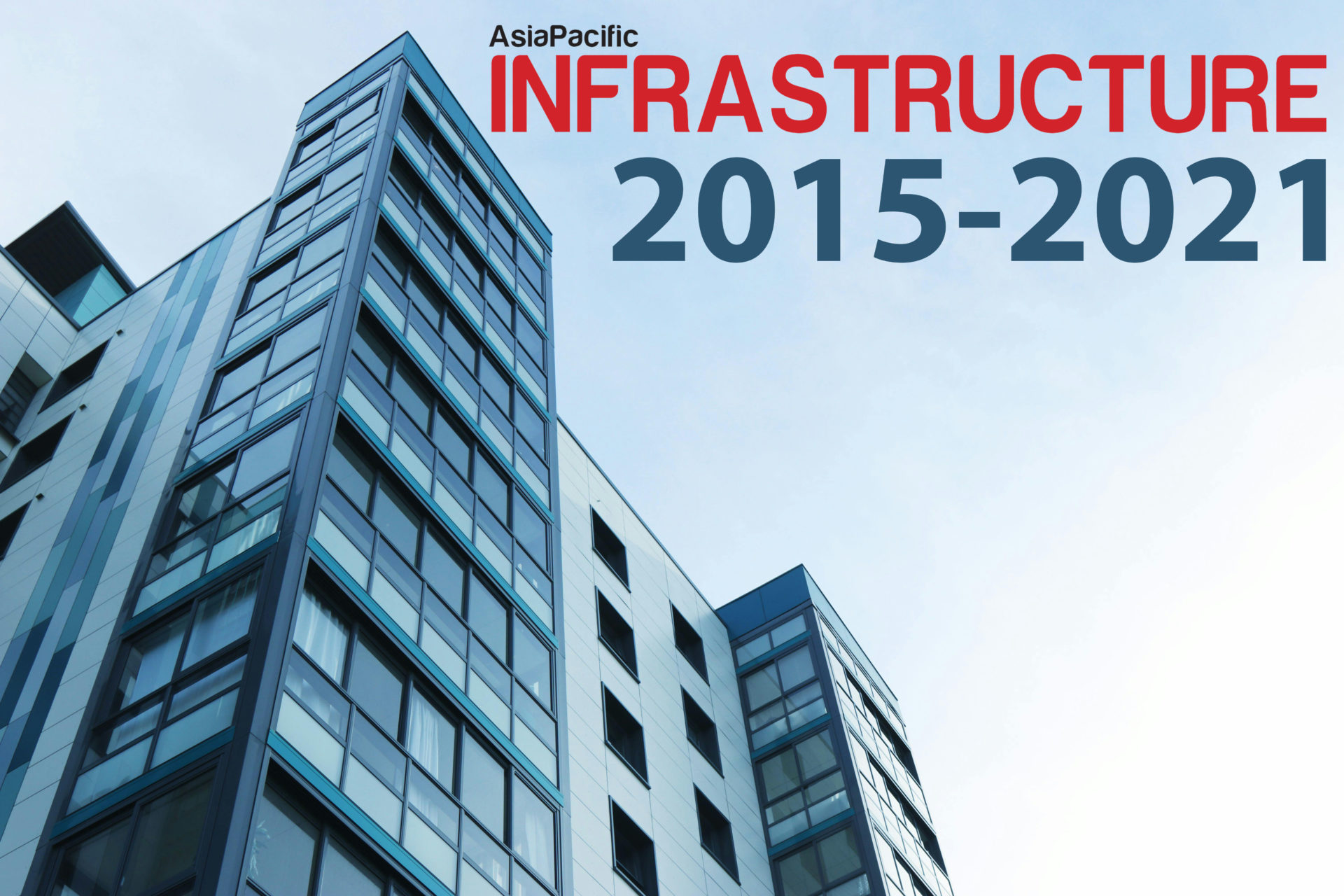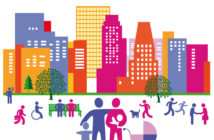By 2050, 68% of the world‚Äôs population (90% of Africa’s and Asia‚Äôs population) will be urban. This great migration, coupled with the overall rise in global population, could mean our cities, will need to accommodate another 2.5 billion people over the next few decades
By¬ÝJohn Hardcastle

If we want to build the kind of urban ecosystems that respond and thrive on growth, we will have to reassess the way we build. The solutions to our future cities may not be in front of us, but above us. Perhaps the suburbs should rather one day sit on top of our cities. Perhaps the notion of the ‚Äòvillage‚Äô isn‚Äôt that of an endangered species, but a concept waiting to be reinvented in the 21st century.¬Ý
It takes a village to raise a city
Picture this: the colossal tower downtown, once reserved for commercial affairs in the day, is now a multipurpose space where business, family life, recreation and community living intersect and overlap into a new kind of blended living urban ecology. Call it a vertical village: a multi-levelled building that, across its stacked floors, can foster the kind of human collisions to breed social diversity and infuse new life into old infrastructures. Through this model, commercial and residential occupants benefit from shared infrastructure that services shared needs.
In such a blended design, an apartment could be located in the corner of an open plan office space. Residents come and go, and often mingle inside the local coffee shop with workers throughout the week. On the same floor, a crèche serves the people who work and live there, a library intersects the vertical floorplan as a shared community resource, a rooftop garden supplies fresh produce to the pop-up cafe on the first floor. The IT department serves the broader community within the ‘village’, ensuring the best in high-tech innovation, and smart health and safety design, for residents and employees.
Imagine further: this building is one of many ‘vertical suburbs’, connecting by way of skywalks and sidewalks with other tall ‘villages’, to enclose a central infrastructure where people can gather, connect and engage over a variety of activities. Singapore’s ‘vertical kampong’ aspires to this, recreating elements of a traditional kampong with sky gardens and terraces, communal areas where residents can engage with each other, and centres for seniors and childcare placed adjacent to each other.
Jigsaw designs
Naturally, the building design itself would need to be ultra-nimble to capitalise on the organic nature of urban village living. Modularity would be key; layouts and floorplans would have to adapt and respond to needs and new ideas as they arise. So what if floorplans could easily change? Imagine an underfloor relocation system capable of moving lightweight, living pods around on interlinked grids located under the raised floor.
When a living unit is moved, it ‘reconnects’ with all services and requires nothing more than a building manager. This ‘structural mobility living’ could mean that an apartment moves around the floor plan or even changes floors, literally allowing occupants to take a new, fresh view on things.
But high mobility would not be at the expense of sophistication. In order to create that sense of openness and scale, for example, thin LED lights could envelop apartment facades and adapt to motion as people pass. The effect: workers would enjoy the same views and natural light as residents, and feel safely oriented when moving around. What’s more, construction wouldn’t even take place in the building. These modular designs could be prefabricated ‘plug and play’ units built, even 3D printed, elsewhere and then inserted on site.
Engineering community
More importantly, what could the vertical village usher into the new urban experience? How would these buildings and envisioned communities meet the new Gen Z ethos and impulse for creative community living? These designs speak to the fact that humans are social animals craving authentic connectivity and meaningful relationships. In the great paradox of this digital era where ‘always on‚Äô equates to human disengagement, the vertical village could meet this generation‚Äôs need for restorative community and diverse living.
Says Gensler Architects in their 2014 report on Top Trends Shaping Design: “This is a time of profound change in how design supports work in all its varied forms. Old ways are being set aside as organisations look at work and its settings holistically. There’s a demand for new approaches and real estate products. It’s as much grassroots as top-down.”
Here, ‘grassroots’ could look rather like small theatres or dance studios, carpenter sheds or communal kitchens. The social culture of the streetscape would be self-regulated through a vibrant urban ecosystem that is sustainable and locally relevant. Small businesses at street level could also thrive because, unlike a monocultural commercial environment, their local clientele exists outside of work hours.
Consequently, is the notion of the vertical village a pie in the sky idea, or a phenomenon unfolding? We would lean towards the latter. Generational change and social connectedness, via digital platforms, has recast the way individuals and communities interact. Urbanisation and climate change demand a new model and method to sustain unprecedented growth. The traditional notion of an office building is now an outmoded trope and a moribund use of space and energy. In fact, it may be a “2D philosophy” stuck in a disrupted, dynamic, 3D world.
Why would we want to hold onto old, outdated models when we could be ushering in the future? It’s time to consider a new strategy for our cities ‒ one that infuses fresh value into our existing spaces and forges meaningful collaborations, starting from the ground up.
This post originally appeared on Aurecon‚Äôs award-winning¬ÝJust Imagine blog.¬Ý



